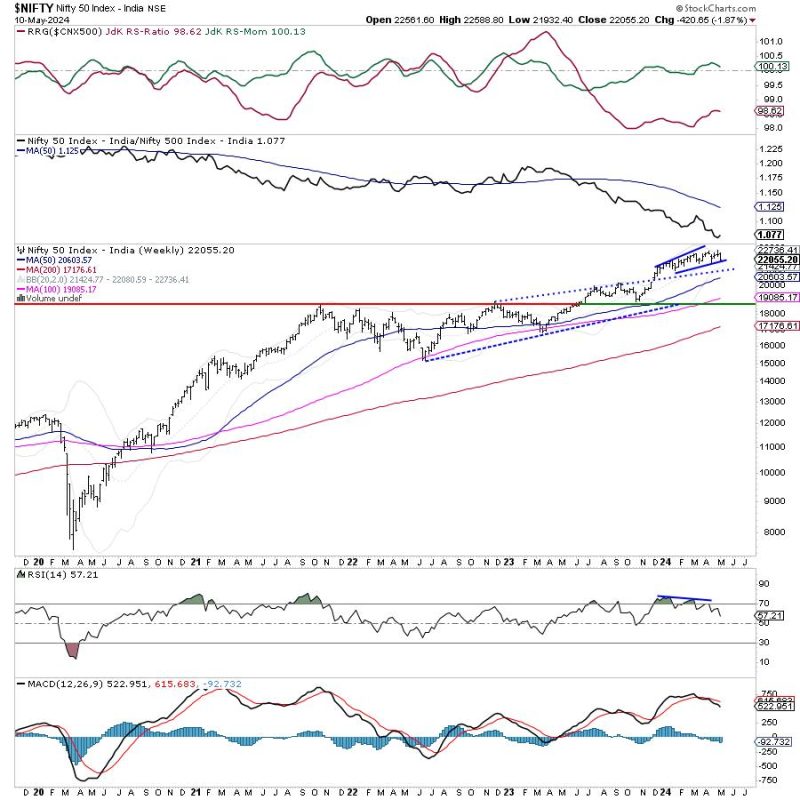The global market climate forecasts a tentative outlook in the week ahead as investors continue to view the escalating geopolitical tensions and economic challenges around the world. The market is expected to stay primarily cautious due to a variety of factors, ranging from ongoing policy decisions that potentially influence the global economy to the recent spike in inflation rates. Apart from the general sectors, a notable event poised to transpire is the probable outperformance of a defensive sector that algorithms and financial analysts project as possible fortresses during tumultuous market conditions.
Understanding the tentative market
Adhering to a tentative trading approach usually means investors are cautiously waiting for more information before they commit to significant investment decisions. This tenacious trait is commonly found when there’s a high degree of uncertainty in the markets, primarily due to economical, geopolitical, or internal corporate events.
In the context of the forthcoming market week, factors contributing to this uncertainty include topics such as high inflation rates, dwindling economic growth figures, and potential policy decisions from the Federal Reserve. Increasing costs of goods could reduce consumer spending, which can subsequently affect net profitability across various industries. Similarly, changes in the interest rate by the Federal Reserve can create a variety of ripple effects within the market, from influencing borrowing costs to altering the profitability of companies.
The Defensive sector as a dark horse
While the market’s susceptibility is seemingly palpable, one often-overlooked terrain is beginning to exhibit signs of relative outperformance. The Defensive sector, traditionally characterized by industries such as utilities, consumer staples, and healthcare, is expected to start demonstrating progressive movement.
Defensive stocks have historically been the go-to sanctuary for investors during uncertain times due to the persistent demand for products and services provided by companies within this sector. Whether the economy is experiencing an upswing or downturn, consumers still require healthcare, need to buy groceries, and utilize utilities.
The potential outperformance of this sector can further be attributed to factors such as the relatively inelastic demand for these “essential services”, perennially making them attractive stocks to investors. In addition, many of these companies provide consistent dividends, which can be an attractive proposition for investors craving a stable income stream in such volatile circumstances.
Another factor fueling the propelling growth in this sector includes an aging population that requires more healthcare services, and utilities like electricity and water, which are deemed ‘essential’ regardless of economic climates.
In conclusion, economic market guidance for the week ahead highlights a tentative stance that investors worldwide may adopt, guided by emerging reports of inflation and policies. Despite this, the defensive sector, renowned for its resilience towards market volatility, is poised to put on a sturdy show, potentially outperforming other sectors if economic challenges persist. Only time will tell how these circumstances unfold, thereby shaping investor sentiment and market direction in the week ahead.




